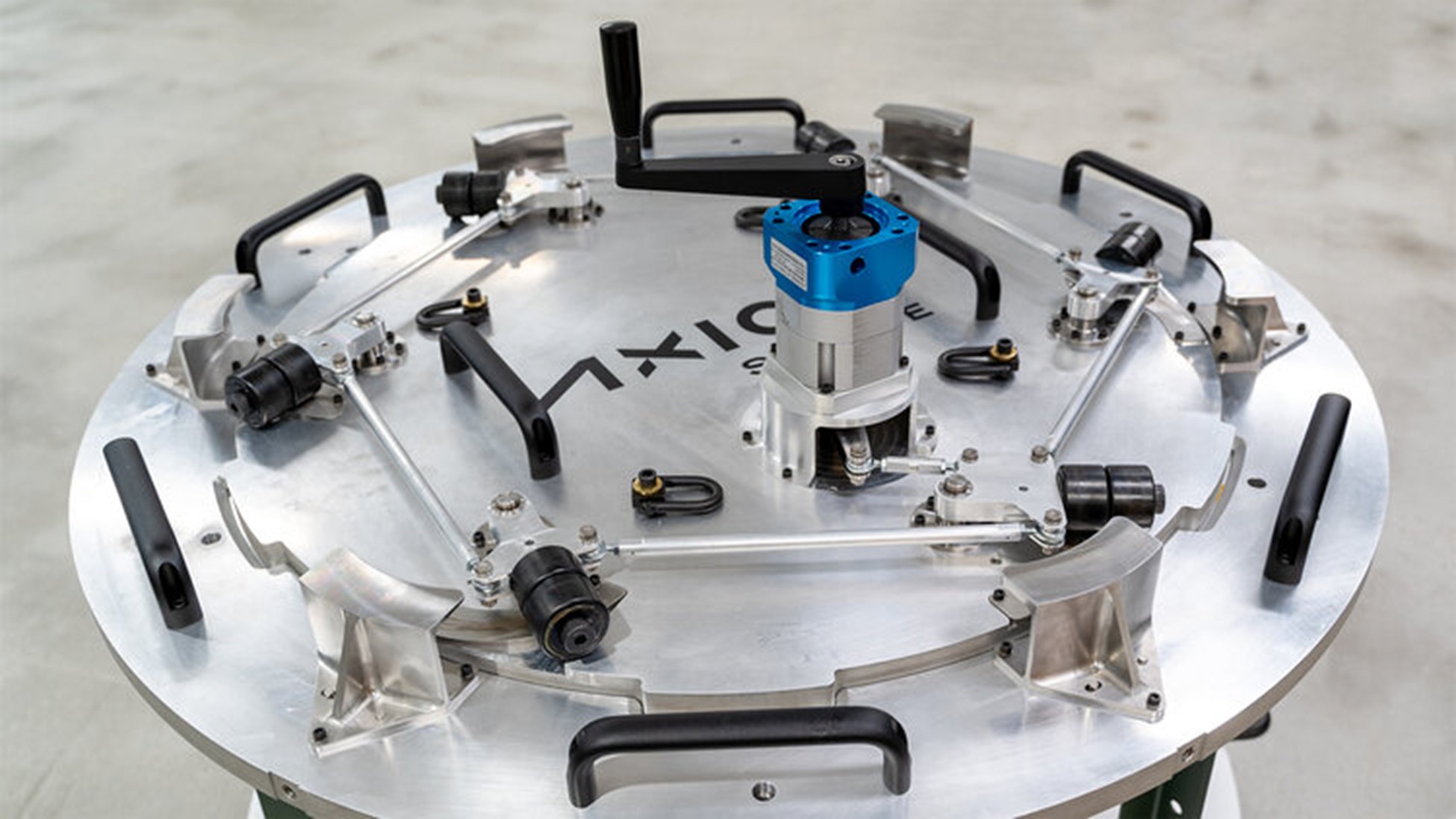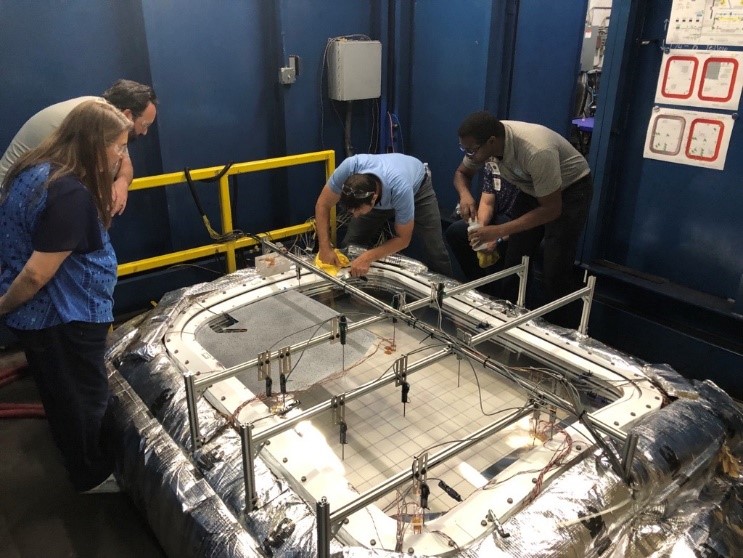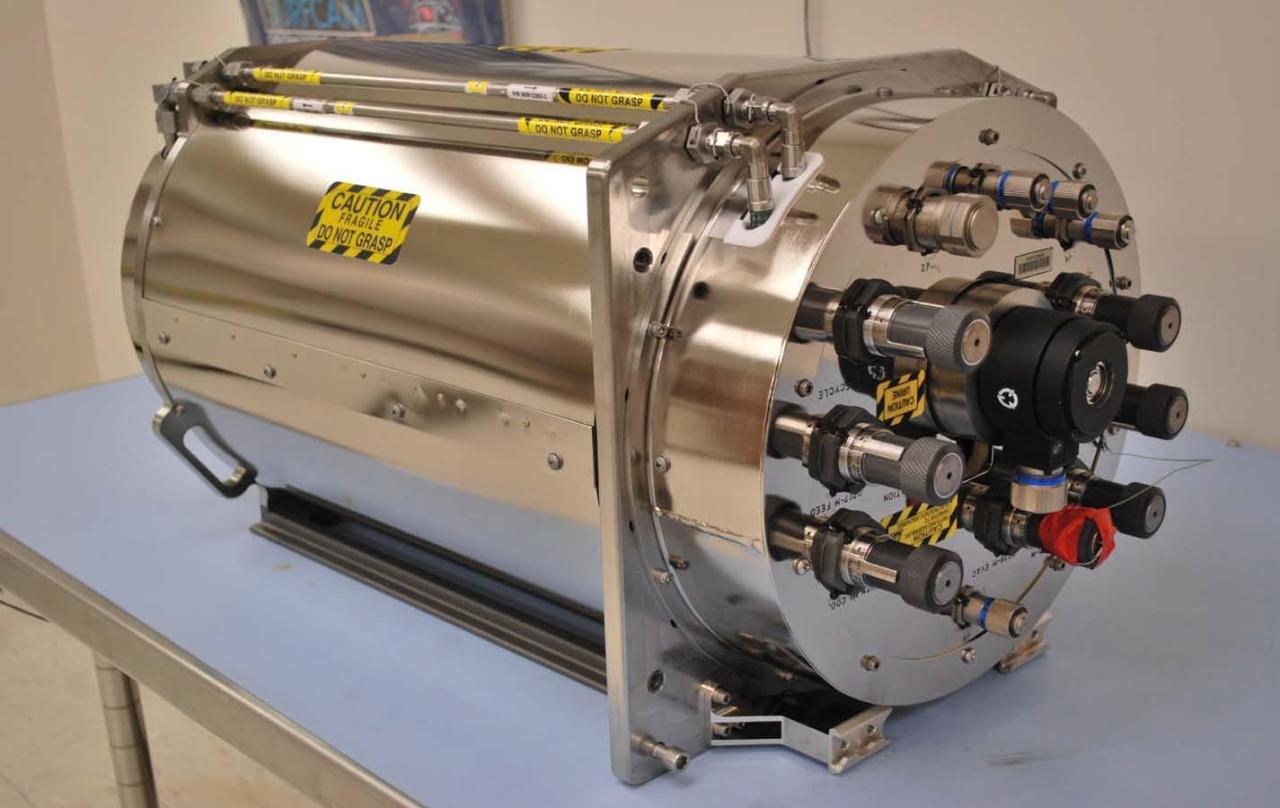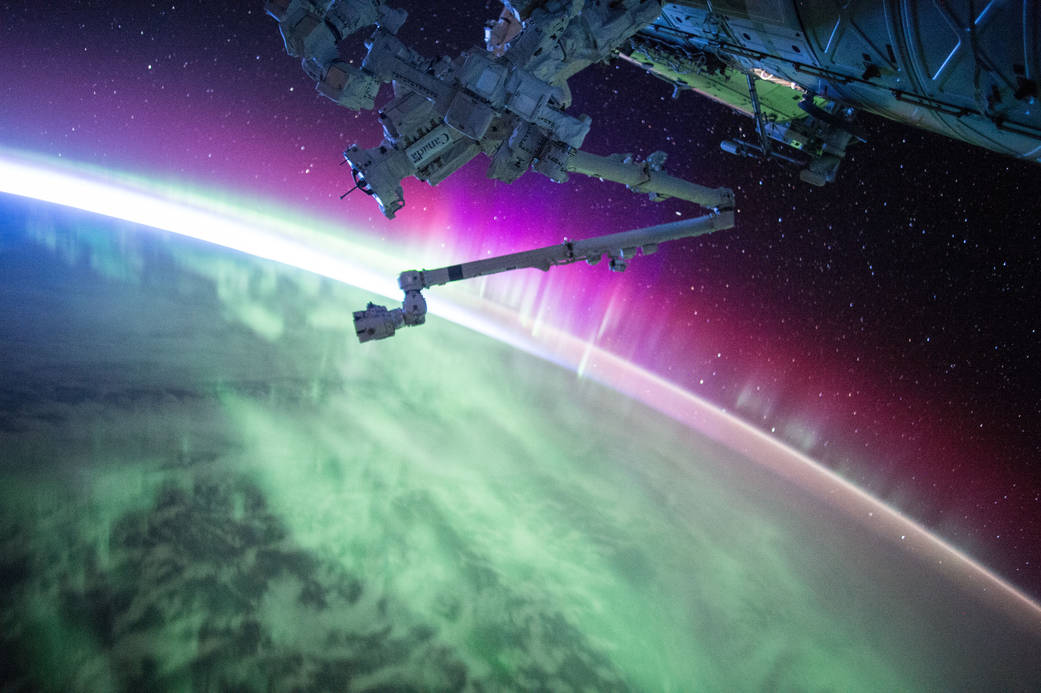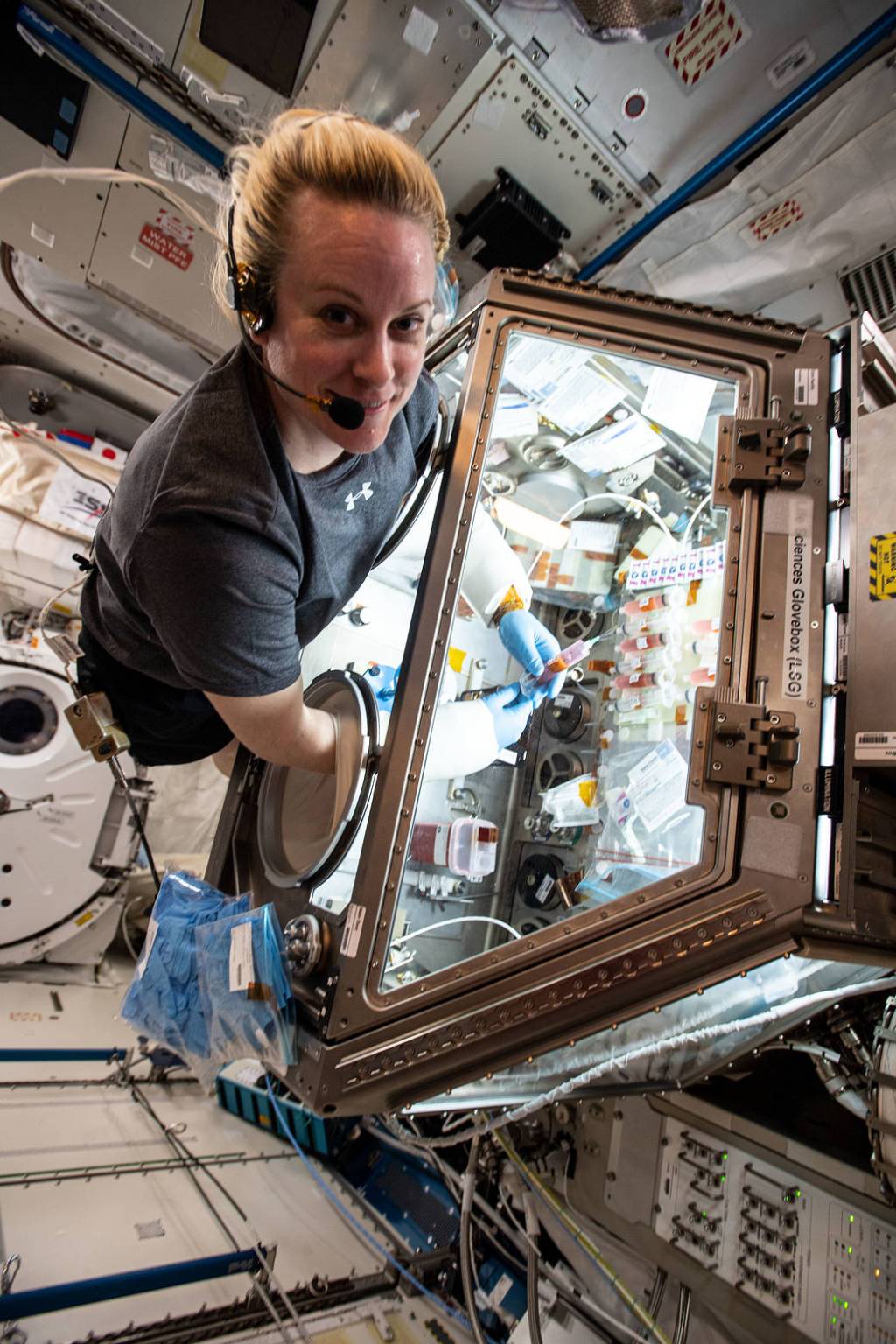Three NASA-funded commercial space station partners are on track for the design and development of their orbital destinations and the transition of agency’s low Earth orbit needs from the International Space Station.
“We are ending the year on a high note with multiple important milestones being completed by our partners,” said Angela Hart, manager of the Commercial Low Earth Orbit Development Program at NASA Johnson Space Center in Houston. “Over the past few months, we have been able to dig into the details of the specific hardware and processes of these stations and are moving forward to multiple comprehensive design reviews next year.”
Axiom Space
Axiom Space, which holds a firm-fixed price, indefinite-delivery, indefinite-quantity contract with NASA, is on schedule to launch and attach its first module, named Axiom Hab One, to the International Space Station in 2026. A total of four modules are planned for the Axiom Commercial Segment attached to the station. After the space station’s retirement, the Axiom Commercial Segment will separate and become a free-flying commercial destination named Axiom Station.
The hatches of the Axiom Hab One module are fabricated and prepared to undergo pressure testing to ensure a strong enough seal to withstand the vacuum of space. Manufacturing of the Axiom Hab One module is underway, and the critical design review will occur in 2024. During this review, NASA will assess the maturity of the Axiom Space design and provide feedback necessary to ensure safe operations when it is attached to the International Space Station.
Orbital Reef
Blue Origin, which NASA awarded a Space Act Agreement in 2021 to develop a free-flying space station named Orbital Reef, recently completed tests for a window system and a structural demonstration.
For the structural test, Blue Origin used a prototype of their space station’s main module, called the Core, to demonstrate the manufacturing processes required to build the final pressurized modules of the station. The test supports validation of the structural models and analytical tools for the Core’s structural design.
The International Space Station’s cupola, a room with seven windows overlooking the Earth, is the cornerstone of crewed missions for both research and astronaut morale. Orbital Reef will incorporate multiple windows on its Core, with each window spanning about twice the size of a car windshield. For the window test, Blue Origin evaluated the window integration structure design concept and its performance against the pressures and temperatures the windows will be exposed to while in orbit.
Starlab
NASA also awarded Starlab, a station being developed by Voyager Space’s Exploration Segment, a Space Act Agreement in 2021. Voyager Space recently announced a partnership with Airbus and Northrop Grumman. Voyager’s Exploration Segment, which includes Nanoracks, recently completed three milestones: a system definition review and the initiation of two pairs of milestones for an optical link demonstration and alternative urine processor demonstration.
Free-space optical, also called laser communications, allows for higher data rates and more energy-efficient communications than radio frequency communication systems. A major goal of the optical communication demonstration is to conduct testing from the International Space Station to the ground to establish the capabilities needed for Starlab. This initial milestone, within the optical link demonstration milestone pair scope, validated the Starlab testing plan. The optical link is planning to be tested next on the International Space Station.
As on the International Space Station, Starlab will recover purified water from urine to reduce water needed to resupply the station. Starlab will test an alternative urine processor under realistic operating conditions to validate functional performance and reduce implementation risk. Similar to the optical link demonstration, the processor demonstration is divided into a pair of milestones, with this initial completed milestone validating the testing plan.
Starlab’s third recently completed milestone was a system definition review. Teams examined how NASA’s potential commercial space station requirements aligned to the functional areas of the Starlab system to define the space station architecture. The completion of this milestone initiated preparations for the next step in the comprehensive review process, the preliminary design review.
NASA is working closely with commercial companies to develop new space stations capable of providing services to NASA and others, which will ensure that the U.S. maintains a continuous human presence in low Earth orbit and provides direct benefits for people on Earth. Leading into NASA’s future procurement for commercial low Earth orbit services, the agency recently released its third request for information.
For more information about NASA’s commercial space strategy, visit:
https://www.nasa.gov/humans-in-space/commercial-space/
Joshua Finch
Headquarters, Washington
202-358-1100
joshua.a.finch@nasa.gov
Rebecca Turkington
Johnson Space Center, Houston
281-483-5111
rebecca.turkington@nasa.gov


























